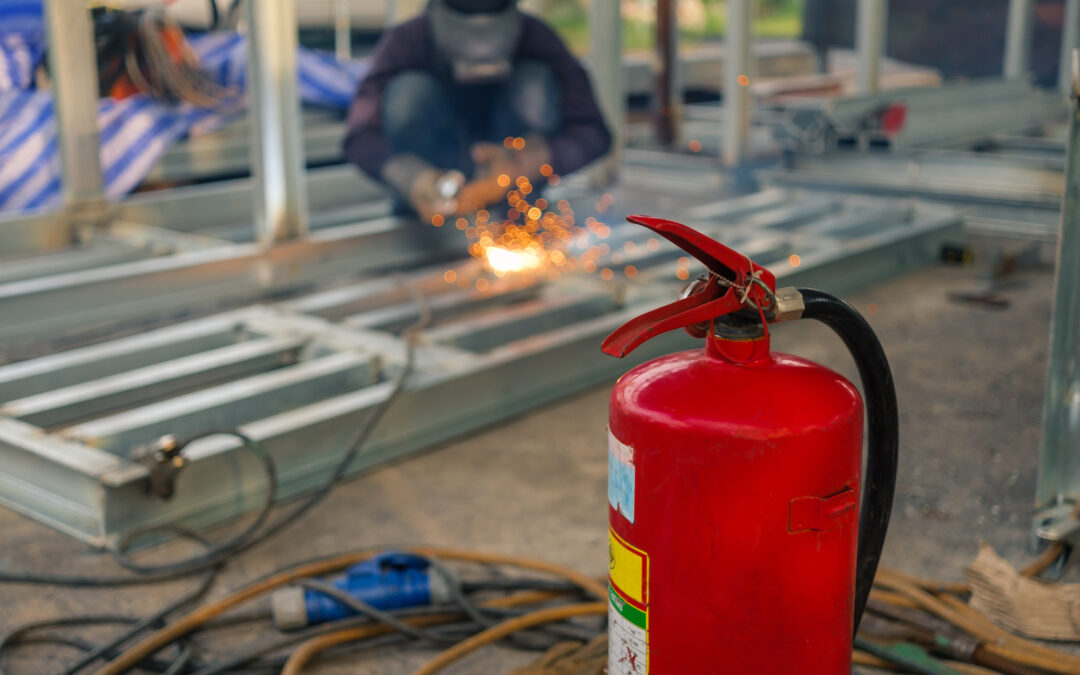A fire can be a devastating experience for anyone at home or in the workplace. A few seconds can mean the difference between escaping or becoming a statistic. Since 1922, the National Fire Protection Association (NFPA) has sponsored Fire Prevention week; this year, it will be observed from October 9-15. During the week, people will learn about fire prevention and staying safe in a fire, and firefighters will provide public education to decrease casualties caused by fire.
Discussion Points:
• What is a fire watch?
• When is a fire watch required?
• What does a fire watch do?
• What is the cause of most workplace fires according to the NFPA?
• What is the purpose of the Fire Prevention Plan?
Discussion:
According to OSHA, there are more than 200 workplace fires per day, with more than 5,000 people injured annually. The NFPA expresses that most workplace fires involve hot work, specifically cutting and welding, or where a heat source is too close to combustibles. OSHA states that fire extinguishing equipment shall be immediately available in the work area and ready for instant use, and a fire watch be designated to the hot work area.
The fire watch’s main job task is to prevent injuries to workers and preserve property during a fire. They are trained to take immediate action if a fire ignites and follow procedures established in the company’s Fire Prevention Plan. A Fire watch has many responsibilities, including having fire extinguishing equipment available; being familiar with the facility; understanding the hot work permits; keeping flammable materials away from ignition sources; inspecting the work area before and after each shift, and communicating with co-workers and supervisors. During a fire, they shall sound the alarm to notify the fire department and control the fire until the firefighters arrive on the scene. The employer will schedule the fire watch according to OSHA recommendations. If a fire hazard is detected, all work in that area must be stopped immediately, the workers assigned to another job task, and the supervisor notified. The NFPA requires that the fire watch remains on site for 60 minutes after hot work is complete. The fire watch shall check for potential fire hazards and ensure all firefighting equipment is returned to its secured location before leaving the work area.
The implementation of the Fire Prevention Plan is necessary to prevent injuries to employees and visitors, minimize the loss of property, bring awareness to all employees to understand job responsibilities, practice good housekeeping, and comply with OSHA and NFPA standards.
As always, be safe out there!


Recent Comments